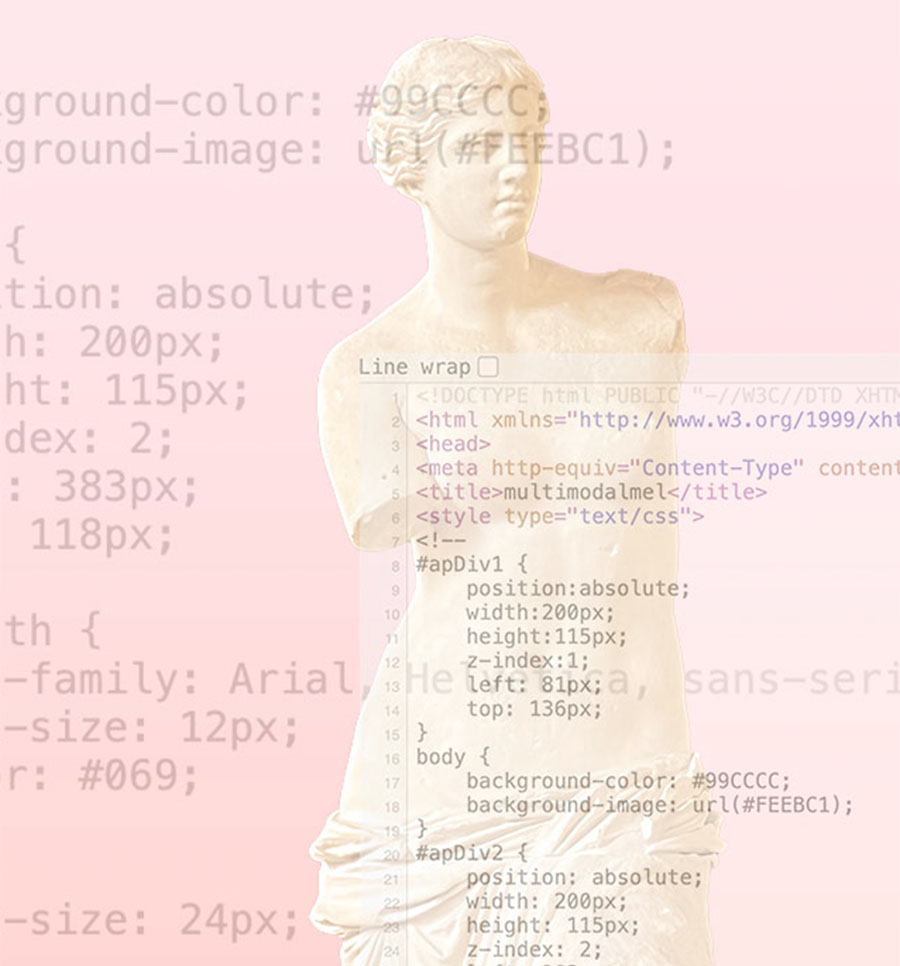Course schedule: (PDF of syllabus)
Introductions all around
“When I'm asked, I like to say that digital humanities is just one method for doing humanistic inquiry.” --Brian Croxall (from Whatisdigitalhumanties.com)
Tuesday, August 27th
Introduction to the class & each other
Introduce your selfie!
Read: syllabus & course website & blog, “What is Digital Humanities?” (also on blog), & “The Digital Humanities Manifesto 2.0”
Thursday, August 29th
Situating the Digital Humanities
Class planning: units & real-world connections
Blog sign-ups
Read: Preface (p. x) and chapter 1: Digital Humanities Overview (p. 1),
Blog post 1: What is DH?
Unit 1: What in the digital humanities? Situate this
“Digital formats are ephemeral, vulnerable, and depend upon elaborate material infrastructures” (9).
Tuesday, September 3rd
Discussion: What is Digital Humanities?
What’s involved? Materials, processing, and presentation
In-class look at DH projects
Introduce Unit 1: DH project options/sign-ups
Read: Chapters 2: Data Modeling and Use (p. 19) and 3: Digitization (p.14)
Thursday, September 5th
Proposals/project sign-ups
Your project at first glance: purpose and audience
Blog post 2: Data & digitization
Tuesday, September 10th
Discussion: DH projects and purpose
Read: Chapters 4: Metadata, Markup, and data description (p. 52) & 5: Database design (p. 70)
Thursday, September 12th
In-depth project analysis: materials, process, presentation
Blog post 3: Metadata & databases
Tuesday, September 17th
Discussion: Significance of metadata and design in DH projects
DH project analysis presentations
Thesis workshop
Introduce Unit 2 & Project Gutenberg
Chapters 6: Information visualization (p. 86), “What is Distant Reading?” & “Problems of Scale”
Unit 2: Data mining & visualization: Analyze that
“Digital Humanities is not a unified field but an array of convergent practices that explore a universe,” -Digital Humanities Manifesto 2.0
Thursday, September 19th
DH project analysis essay workshop
Read: Chapter 7: Data mining and analysis (p. 110), Six Degrees of Francis Bacon, and Yesterday, Today, Tomorrow
Blog post 4: Information visualization & distant reading
Tuesday, September 24th
DH analysis essays due!
Discussion: Quantitative data/DH tools for literary analysis
Proposals/Project Gutenberg text sign-ups
Introduction to Voyant tools
Practice exercise
Thursday, September 26th
Scholar consultation in groups
Share findings, compare/contrast
Worktime
Blog post 5: Data mining & quantifying literature
Tuesday, October 1st
Voyant findings/preliminary presentations
Look at: One Orlando (digital memorial) & Maine MILL website, Timeline & JSTOR curation examples
Read: Chapters 8: Mapping and GIS (p. 130) and 9: 3-dimensional and virtual models (p. 151)
Thursday, October 3rd
Discussion: Maps & VR
Virtual tourism, heritage
Introduce Unit 3 & curation project
Project teams: Department of Art & Art History, Dimond Library, & Maine MILL
Blog post 6: Maps & virtual spaces
Unit 3: Curate it/put it into practice
“I see a curator as a catalyst, generator and motivator - a sparring partner, accompanying the artist while they build a show, and a bridge builder, creating a bridge to the public.” -Hans-Ulrich Obrist
Tuesday, October 8th
First meeting with clients for curation projects!
Thursday, October 10th
Distant reading analysis essays due
Project planning goals meetings & proposals
Blog post 7: Digital curation team planning
Tuesday, October 15th
No class, follow Monday schedule
Thursday, October 17th
Meet with clients for planning/materials (Library & Art)
Planning & materials
Tuesday, October 22nd
Library & CatLAB visits & Maine MILL check-in
Materials collection
Collecting and organizing
Thursday, October 24th
Processing
Preparing images, cataloguing, searchable key words, timelines
Adding exhibit image, video, and comments
Blog post 8: Curation team processing
Tuesday, October 29th
Presentation
Museum collections, JSTOR, Timelines, etc.
Introduce Unit 4 & ME-diation
Interface ideas & platform options
Thursday, October 31st
Client meetings for final questions/revisions
Assessing your materials/artifacts
e-lit, Twine
Read: Chapter 10: Interface (p. 172), My Body, a Wunderkammer by Shelley Jackson, Depression Quest by Zoe Quinn, &e-lit, what is it? by N. Katherine Hayles
Blog post 9: Interface & e-lit
Tuesday, November 5th
Curation projects due for final review
Discussion: e-lit, what is it? & interface: purpose and design
Platform reviews
Maps & timelines: Google MyMaps & Knightlab StoryMap
Look at Scene, Google Earth, & ThingLink for 360
Unit 4: ME-diate: interface & web presentation
“A cyborg is a cybernetic organism, a hybrid of machine and organism, a creature of social reality as well as a creature of fiction.” –Donna Haraway
Thursday, November 7th
Discussion: Significance of website design and usability
Website analysis
Read: Chapters 11: Web presentation formats and networked resources (p. 193) and 12: Project design and intellectual property (p. 211)
Blog post 10: Web presentation & design
Tuesday, November 12th
Final Presentations to clients!
Brainstorming, storyboarding, project planning
Team reflections due tonight!
Look at Google MyMaps & Knightlab StoryMap for Thursday
Thursday, November 14th
Website proposals/plans
Map/timeline workshop
Download & look at Twine for Tuesday (ctrl click to open for Macs)
Tuesday, November 19th
Twine story workshop
Look at Scene, Google Earth, & ThingLink for Thursday
Thursday, November 21st
360 viewing party/workshop
Tuesday, November 26th
Workshop/usability testing
Revision worktime
Happy Thanksgiving Break!
Tuesday, December 3rd
ME-diation presentations/workshop!
Thursday, December 5th
Last day of class!
ME-diation presentations/workshop!
Final website revisions/reflection due Monday, December 9th
Bonus blog: post your ME-diation to the blog! :)
|
